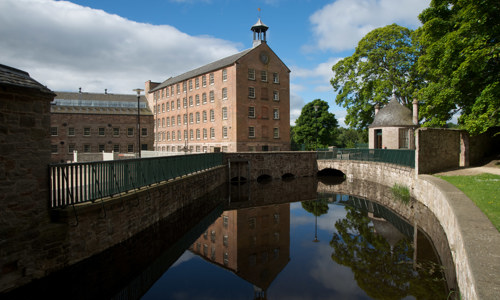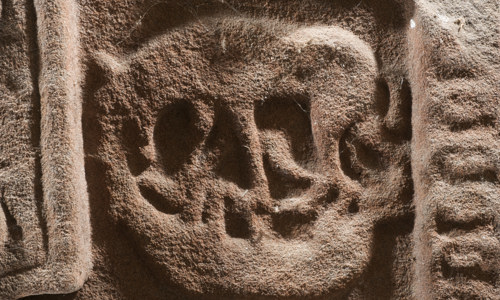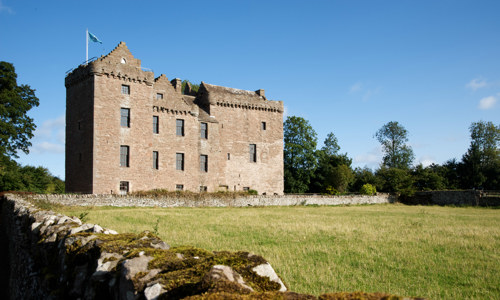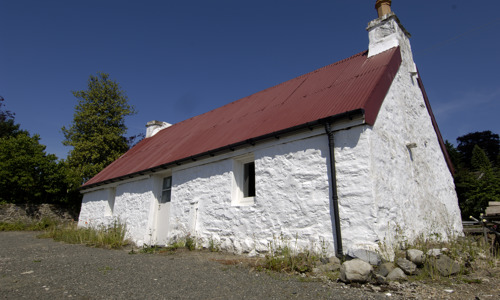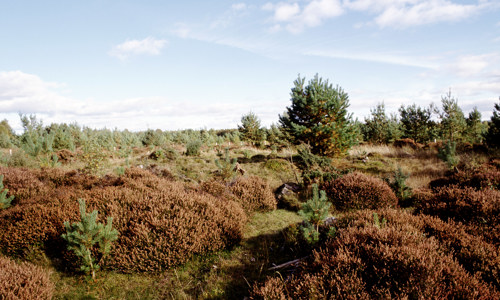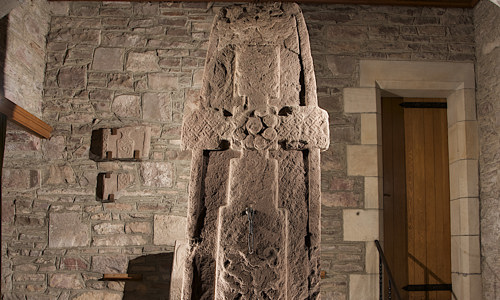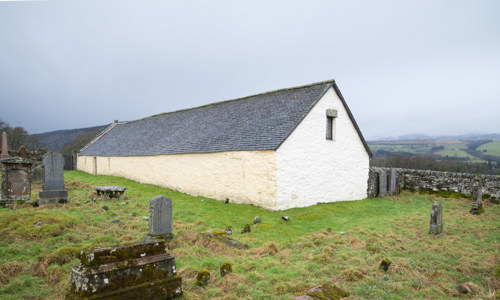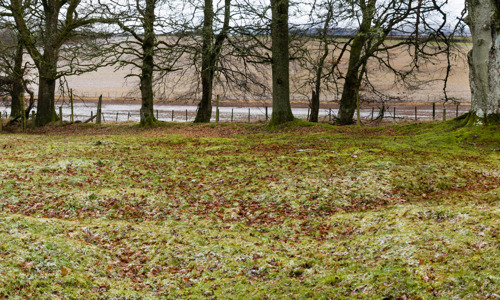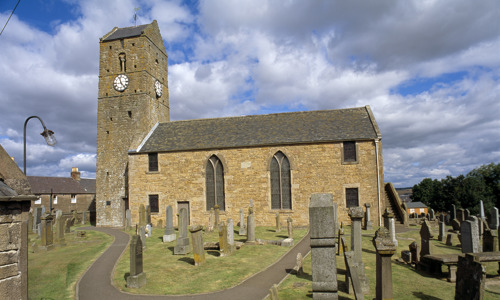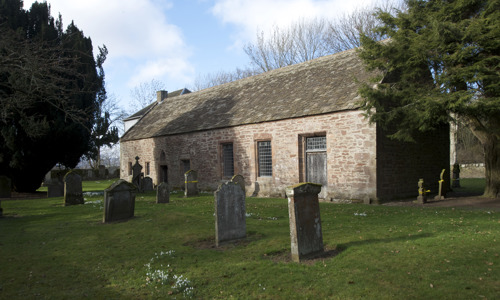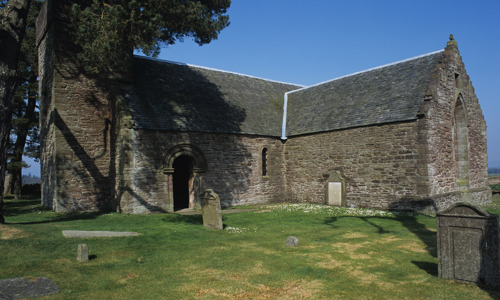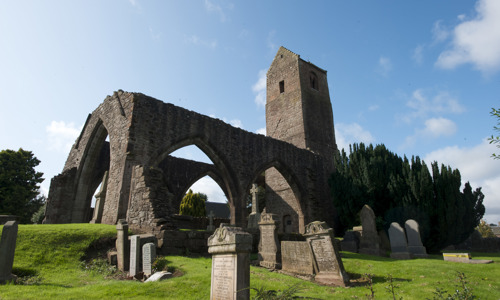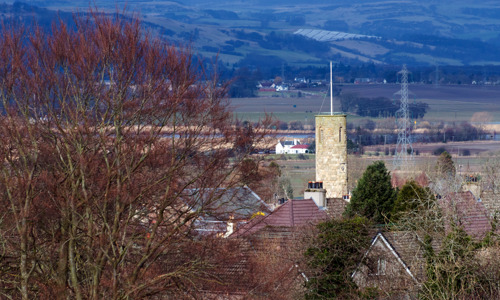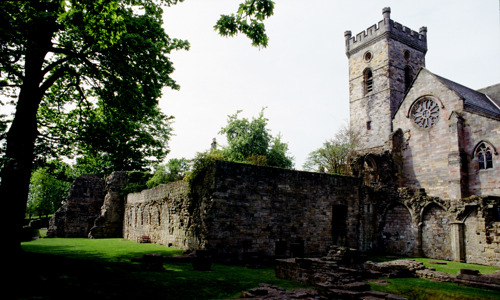History
A religious centre
Dunkeld Cathedral is an ancient sacred place. There was a Pictish monastery on the site before the cathedral was built, and the site remains in ecclesiastical use today.
Kenneth MacAlpin had relics of St Columba brought to a specially constructed church at Dunkeld in 849. Repeated Viking raids had made their original home of Iona unsafe. This early church is long gone, but there are carved stones which attest to this early activity. These include the ‘Apostles Stone’, dating to the 800s.
But the Vikings soon also raided Dunkeld, and so the focus of the Scottish Church moved further east to Kilrymont, now St Andrews, in the 900s.
Bishops’ seat
The Church of Scotland had fallen out of step with western Europe. In 1114 David I reorganised the bishoprics in Scotland, and Cormac was named the first bishop of Dunkeld. He held the post until about 1132.
We know a lot about the deeds of the bishops of Dunkeld. In 1555 a former canon of the cathedral, Abbot Alexander Myln of Cambuskenneth, wrote a history of the lives of the bishops of Dunkeld. It explains who built the various parts of the building.
Abbot Myln’s history lends considerable detail to our understanding of the cathedral’s furnishings and development of its rituals. There is also a contemporary account of the ‘cleansing’ of the cathedral during the Reformation.
A long time in the making
Construction of Dunkeld Cathedral took about 250 years, from the mid-1200s to the late 1400s, though little work was carried out in the 1300s. Major phases of building include:
-
the choir, now in use as the parish church – the earliest part of the cathedral, built in the mid- to late 1200s, and extensively rebuilt in the early 1300s
-
the central nave, built in 1406, with design influences from the Low Countries
-
the tower and off-centre window, dominating the western front, were begun in 1469
By 1810, the cathedral grounds were part of the policies of Dunkeld House, an outstanding designed landscape created in the 1700s and further enhanced by the dukes of Atholl, who also initiated restoration works on the cathedral.


